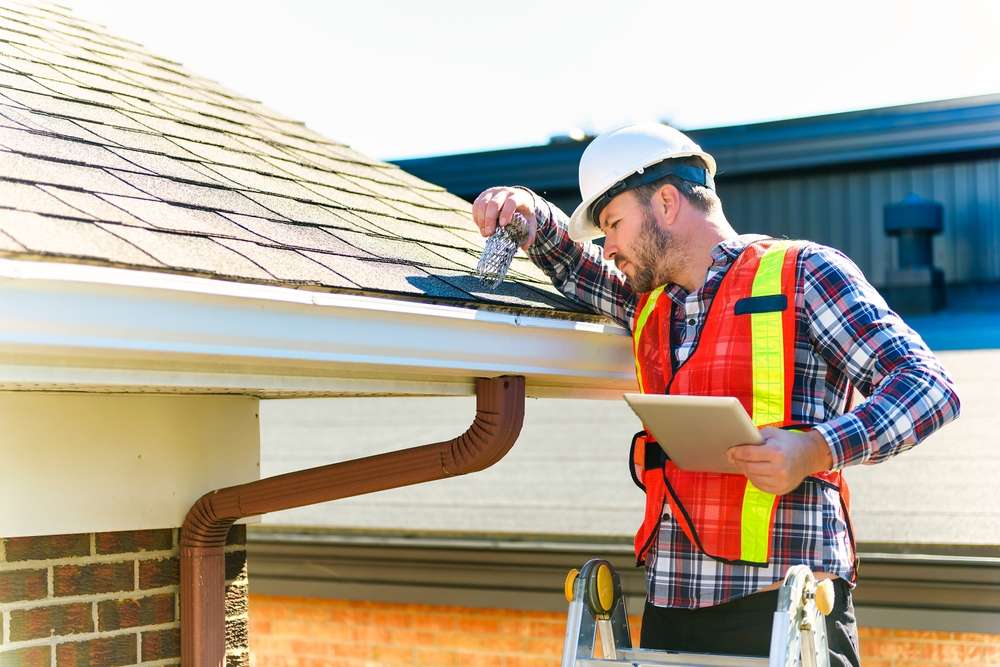Garage Door Repair Guide for Homeowners
A smooth, safe garage door is central to home convenience and security. This guide explains common garage door problems, basic repair options, maintenance steps, and how to choose a reliable contractor for service in your area. Whether you’re troubleshooting a sticky track or deciding when to call a pro, you’ll find clear, practical advice to protect your home and family.

Garage: Common signs something’s wrong
A garage that doesn’t open smoothly or makes unusual noises is signaling a problem. Look for slow movement, jerking, grinding sounds, and visible misalignment in tracks. Other signs include sagging panels, frayed cables, or a door that is clearly off-balance. Regularly walk around the garage and visually inspect hardware; spotting issues early can prevent larger repairs and protect the interior of your home from weather and pests.
Garage door: Basic diagnostic checks you can do
Before calling a professional, perform a few simple checks on the garage door. Disconnect the opener and manually lift the door halfway—if it doesn’t stay in place, the balance or springs may be faulty. Test safety sensors by placing an object in the path of the closing door. Listen for changes in the opener motor and inspect tracks for dents or debris. These checks help you describe the problem to a contractor and can clarify whether the issue is mechanical or electrical.
Repair: DIY fixes and what to avoid
Some repair tasks are suitable for a homeowner: tightening loose hardware, lubricating rollers, hinges, and bearings with a silicone-based lubricant, and cleaning tracks to remove buildup. However, avoid DIY work on torsion or extension springs, cables, and complex opener repairs—these components store high tension and can cause serious injury. If you’re unsure, schedule a professional repair. Accurate diagnosis often prevents repeated work and reduces the chance of collateral damage to panels or the opener.
Home safety: Protecting your family and property
A malfunctioning garage door is a safety risk for children, pets, and vehicles. Ensure the auto-reverse feature works by placing a test object under the closing door; it should reverse on contact. Keep remote controls out of children’s reach and regularly test the manual release mechanism so you can operate the door during power outages. Weatherstripping and proper sealing reduce drafts and moisture entry, which helps protect stored items and prevents long-term structural wear to the garage and home.
Contractor: How to choose a reliable repair contractor
When hiring a contractor, prioritize licensed and insured providers with verifiable local services. Request written estimates, ask about warranties on parts and labor, and check online reviews and references. A trustworthy contractor will explain the diagnosis, offer repair and replacement options, and provide a clear timeline. For complex repairs like spring replacement or opener installation, confirm the technician’s training and whether they carry replacement parts for your door type to minimize return visits.
Maintenance: Long-term care to extend door life
A routine maintenance schedule keeps a garage door operating smoothly and reduces the need for major repair. Monthly tasks include lubricating moving parts, checking and tightening bolts, and testing safety features. Seasonally, inspect weather seals and clean tracks, and adjust sensors if alignment shifts with temperature changes. Keep a maintenance log with dates and work performed; this helps contractors understand past interventions and supports any warranty claims related to parts or service.
Conclusion
Regular inspection, basic maintenance, and timely professional help can significantly extend the life of a garage door and protect your home. Knowing which repairs you can safely handle and when to call a qualified contractor reduces risk and preserves function and safety. With consistent care, a garage door will continue to serve as a secure, convenient entry point for household vehicles and storage.






